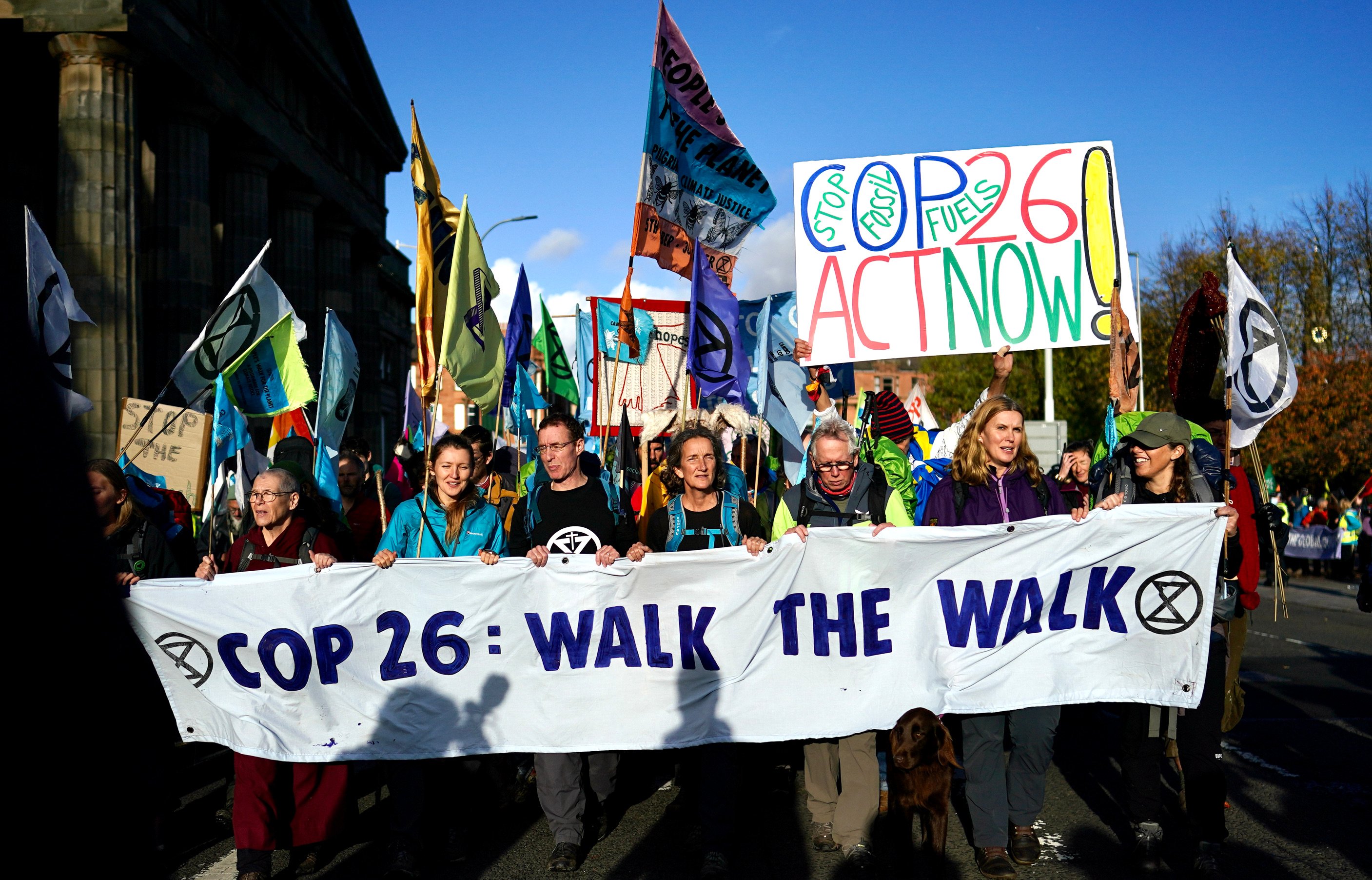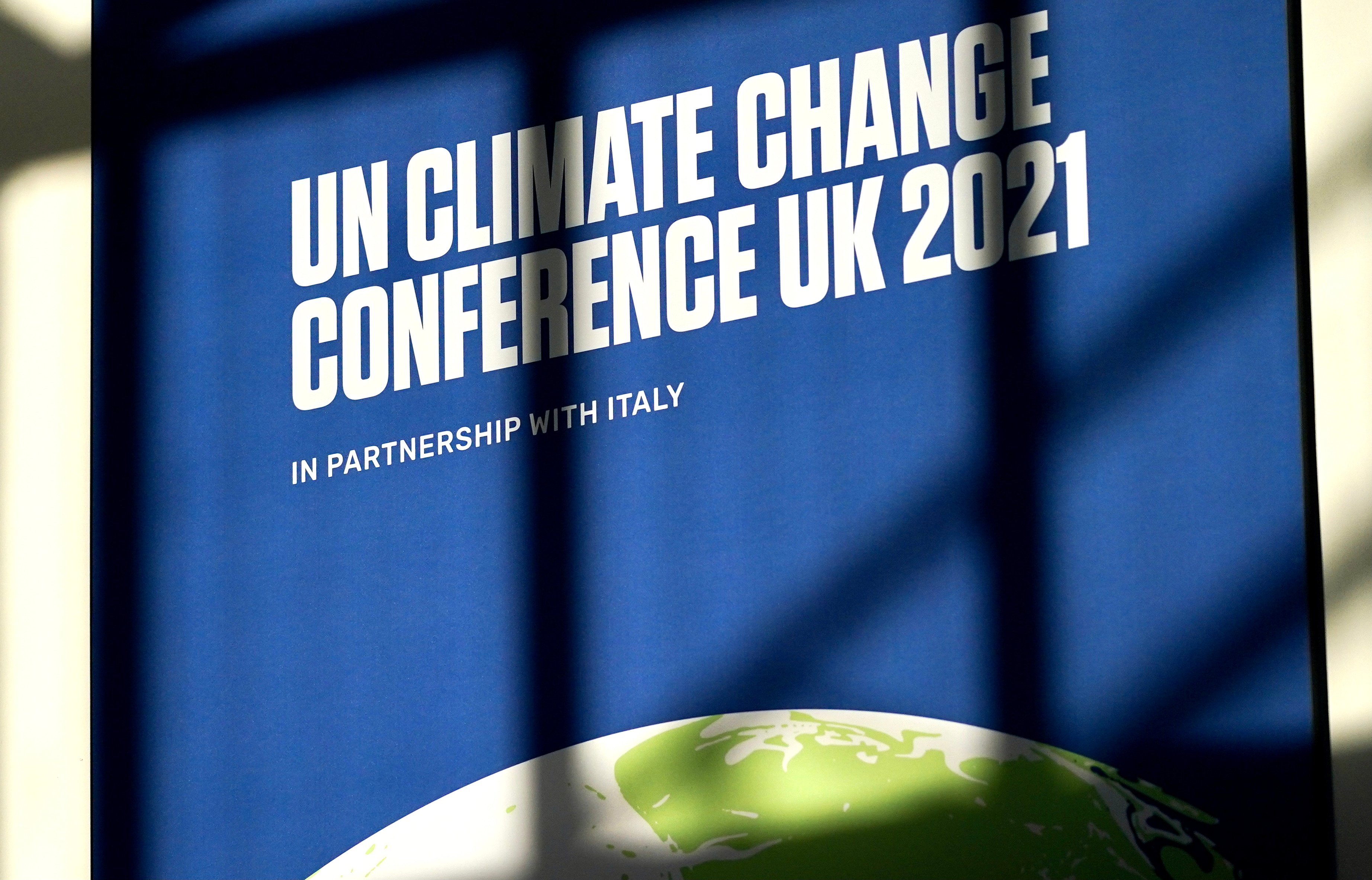As COP26 concludes and we learn of new commitments from global leaders to fight climate change, we could be on the edge of a giant leap or the precipice of a great fall. My optimism tells me it’s going to be a great leap.
As it stands, commitments to cut greenhouse gases are meeting the reality of rising emissions. Rather than confronting the challenges of changing business as usual today, many are promising to get to zero carbon by relying on technologies not yet invented. As time runs thin to hit the targets set by the Paris Agreement, there is a temptation to see technology as a panacea. But new technology takes years to scale if the invention comes at all. I joke now that the science of Apeel was the easy part of our journey, yet it has taken 12 years to go from invention to measurable global impact.
While technologies like Apeel help fix what’s broken, what ends up mattering most are the people who use them. Without market incentives and climate-smart policies, the new tools are slow to be adopted, and things will, well, stay the same.

Recent generations have benefited tremendously from past innovations like fossil fuels, plastics, and pesticides, which have reduced poverty and hunger while creating never before experienced global wealth and abundance. But today, we’re facing more unfamiliar challenges, and science tells us that what got us here won’t get us where we need to go.
Solving problems for everyone looks a lot different than solving our problems as individuals. The solutions we need are interconnected, with policy, markets, and technologies needing to work together to enable a zero-carbon world. Luckily we already know what these solutions look like. Think of a natural ecosystem like a rainforest, where all components push and pull on each other. The equilibrium - evolved over millennia - includes a huge collection of species that maintain a balance, with inputs of ample rain and sunshine, acting like a heartbeat powering a virtuous cycle.
Now, picture the inputs that underlay the abundance of today’s global food system: irrigation, fertilizers, pesticides, cold storage, single-use plastic, and transportation. Thanks to these tools, once unthinkable quantities of food today support our once unthinkably large global population. Yet, 1 in 9 people are going hungry, and we are throwing away 3 in 9 pieces of the food that we produce.

This level of waste can happen because elements of the supply chain - nodes of interconnection - may be highly efficient in themselves, but the system as a whole is not optimized. And while technologies have been adopted to unwind knots of inefficiency at each node, those nodes need to cooperate and push and pull on each other if we want to optimize the whole system.
Until our solutions fit together like the parts of an ecosystem, our intentions and best innovations will compete against a status quo that simply treats inefficiency - food waste, carbon emissions, plastic pollution - as a tax: something to be passed on to you, me and future generations; onto our planet itself. We need to change that, but no individual component of change - government action, technological innovation, or even funding - can do it alone.
Apeel’s experience pioneering and bringing to market a technology that reduces waste and avoids emissions has shown us what the path to systems change looks like. Visionary organizations like the World Economic Forum and Champions 12.3 provided an opportunity to connect multiple nodes in the supply chain. Connecting these nodes allowed us to find new ways to articulate and establish incentives to reduce waste, even for the individual supply chain participants who initially believed that ’the trash can is my best customer.’ The result has been a reduction of retail waste by as much as 50% and a new appreciation that rapid system-wide change, as we need for climate, requires shared incentives.
And that kind of global coordination doesn’t come easily. Fortunately, evidence is growing that coordinated efforts that align incentives can create major environmental benefits. We can take, for example, the WRAP UK campaign that has led the world’s most successful food waste fight, cutting food waste more than ⅓ in the UK by combining policy efforts with industry, consumers, and technology for broad impact.
As author William Gibson wrote, “The future is already here, it’s just not very evenly distributed.” Yet. That’s our job.

